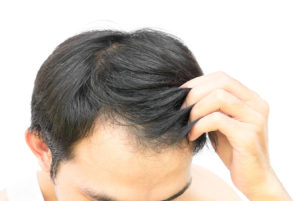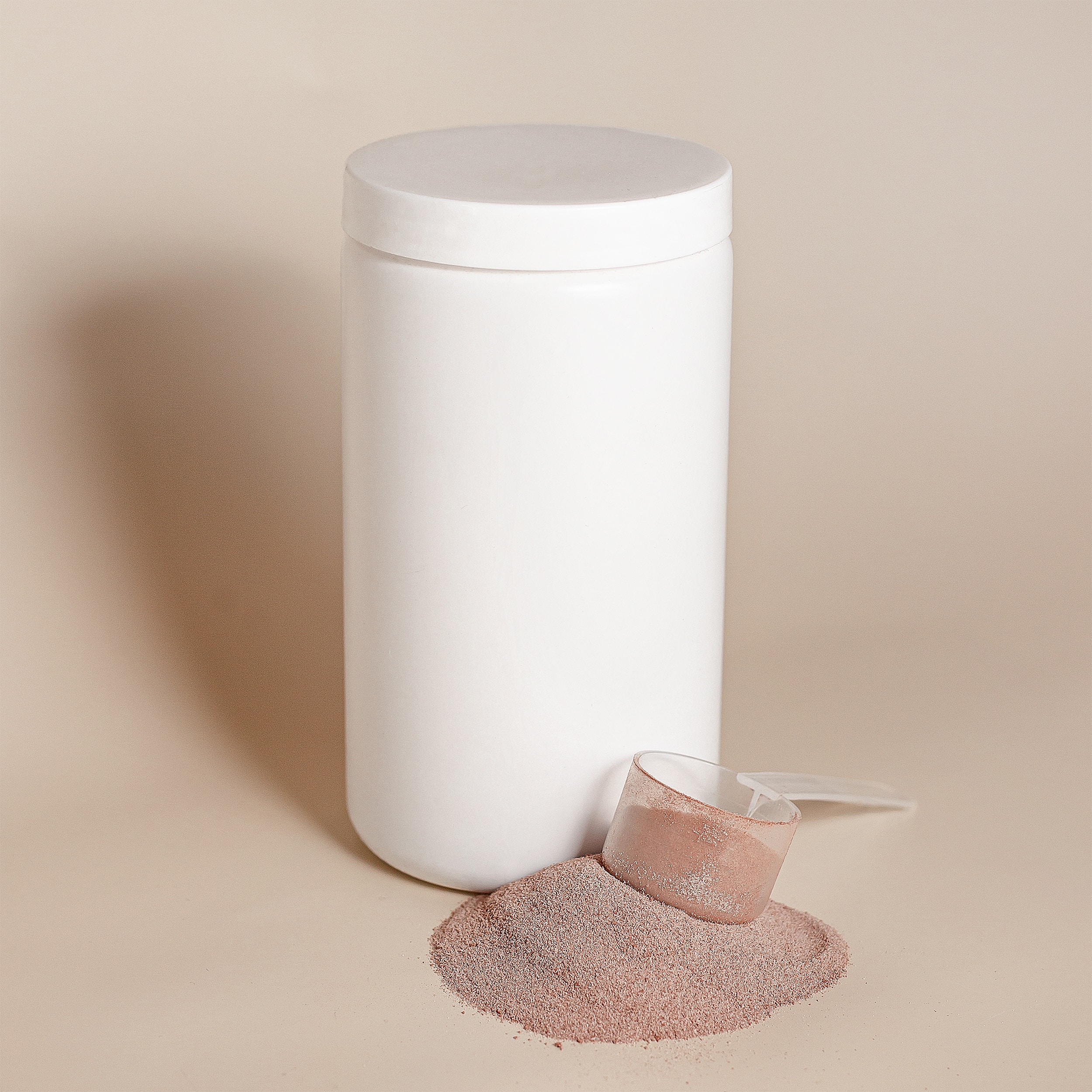
Recovering From Hair Transplant Surgery – What To Expect
3rd August 2018
In recent years, growing numbers of Britons have turned to hair transplant surgery to offset the signs of hair loss. Whether it be a receding hairline or a thinning head of hair, many see hair transplants as a quick-fix solution to the effects of balding – but is it really that straightforward? Although deciding to undergo a hair transplant is a big step, the actual procedure is low-risk and very straightforward in the hands of an expert surgeon. Recovering from hair transplant surgery is a question that many patients ask us, and we are here to help you understand what to expect in the aftermath of having surgery.
Weeks 1-2
Unlike many other cosmetic procedures, you’ll be able to leave the clinic soon after your surgery ends. However, as you will likely be given a mild sedative, you’ll need to arrange a lift home – driving is not advisable until the next day! If possible, book some time off work whilst you recover – ideally a week or so. Many people feel able to resume their usual everyday routine right away, but some do feel a little self-conscious about going back to work before their scalp has healed.
In the few days following the surgery, the scalp may feel slightly swollen and achy, with temporary crusting, but these minor consequences shouldn’t put you off – they’ll be worth it in the long run! There may be some soreness of the scalp, but this can easily be treated with painkillers provided. There is a video on the IHRS website where Dr. Robert True talks about how to treat any potential discomfort or pain as a result of your hair transplant surgery.
Swelling is a possibility in the recovery process – especially around the forehead if the surgery took place nearer the front – and will start to ease off after a few days. Applying a cold compress to the swollen areas of the forehead can help. For the first few days, the sleeping position may be awkward due to the sensitivity of the scalp, so it’s a good idea to prop your head up using a pillow that is elevated to 45 degrees. This can also help with the swelling.
You should be able to wash your hair completely as normal after around 7 days, but make sure to be gentle, and avoid using very hot water or a high-powered shower in the first week.
FUE type hair transplant surgery recovers spontaneously, healing naturally. With STRIP FUT type surgery, staples can be removed in 10-14 days, although self-dissolving stitches will do so in 3-4 weeks.

Weeks 3-4
In the next phase of recovering from hair transplant surgery, around three weeks after, many are under the illusion that the locks of their youth will start to make a comeback. However, what usually happens instead, is shedding of the very short transplanted hairs in this period. Don’t panic! While this might seem like a backward step, it’s actually completely normal and all part of the recovery process. In fact, 3-4 weeks after surgery you may look not much different to your appearance before the procedure. The shedding of hair is simply the newly-grafted hair entering the resting phase of the hair growth cycle – it makes way for the new hairs to grow – which usually starts at around 3-4 months after the hair transplant.
Months 3-12
A little further down the line, after about three months, the results you dreamt of will finally start to become a reality, with new hair growth starting to break the surface. Unfortunately, this hair growth won’t make a significant cosmetic difference to your appearance just yet. Often patients will have to wait an additional three to four months for any substantial hair growth to be seen. Hair grows relatively slowly – around 1cm per month – so it will take a bit of time for it to be back to its former glory. We would invite you to have your first review with us at around 8 months when we expect you to be 70% or so through your hair growth.

Months 12-18
The final phase of your recovery comes around 12-15 months after surgery. After a long year of anticipation, your hair will finally be near its full thickness. Although the exact time taken for the full result to be seen does vary from person to person – most patients will be reaping the rewards of surgery within 14 months. Fortunately, the very minor donor area scars are only visible with very short hair in the case of FUT, or with a shaved head in the case of FUE – a style we doubt you’ll be interested in after finally getting all that hair back! It is during this time we will invite you to visit us for your final review.
Just starting your Hair Transplant Journey?
Hair transplants don’t need to be complicated. We have many other articles that can help you understand more about Choosing the Right Hair Surgeon or What the difference between FUE and Strip FUT is. But if you would like to talk to someone about your hair loss, please do not hesitate to Book A Consultation with us today.


